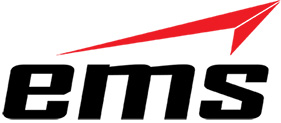Is there anything 3D scanning technology can’t do? That ought to be the question. Still, if you’re interested in this area of advancement, you’ve come to the right place. We’re going to spend the next two posts discussing what it is, how it works, and why you should definitely care about how it progresses over the next few years.
For starters, you might be wondering what a 3D scanner is, exactly. Let’s break it down. A 3D scanner is a device that can measure an object or its surroundings using lights, laser, or x-rays. It creates point clouds or polygon meshes depending on where the light/lasers hit the object in front of it. These data points are then fed into a computer and processed to create a three-dimensional rendering of the physical object or space.
Now let’s think about some of the things this technology is used for. Right this very second, people are using 3D scanning to record data about parts of equipment and devices like vehicles, aircraft, and machinery that may not currently have a digital blueprint available. This makes it much simpler for engineers to then update designs and make modifications.
Another thing 3D scanning can be used for is to ensure product quality. This allows people to compare the physical parts of a machine or device to its CAD designs. And when combined with printing tech, it allows for the physical creation of objects that can be used across a wide variety of industries from dentistry, to health care, to transportation, to fashion.
Architects can also make use of this technology, since it can scan an entire building to replicate on the computer. With a three-dimensional model on hand, imagine how much easier updates and modifications are to make?
These are just a few examples of what can be accomplished. So, now you might be wondering why you might need this technology for your business or your personal life. In all honesty, it just makes life easier. You can create models of objects simply and easily. You don’t need to be an expert since the devices always come with software that automates the process.
So, whether you need to reverse engineer something, inspect parts, or simply want to create an archive of a physical object on your computer, 3D scanning technology is a multipurpose solution for a variety of applications. Be sure to come back soon to learn more in Part 2!


